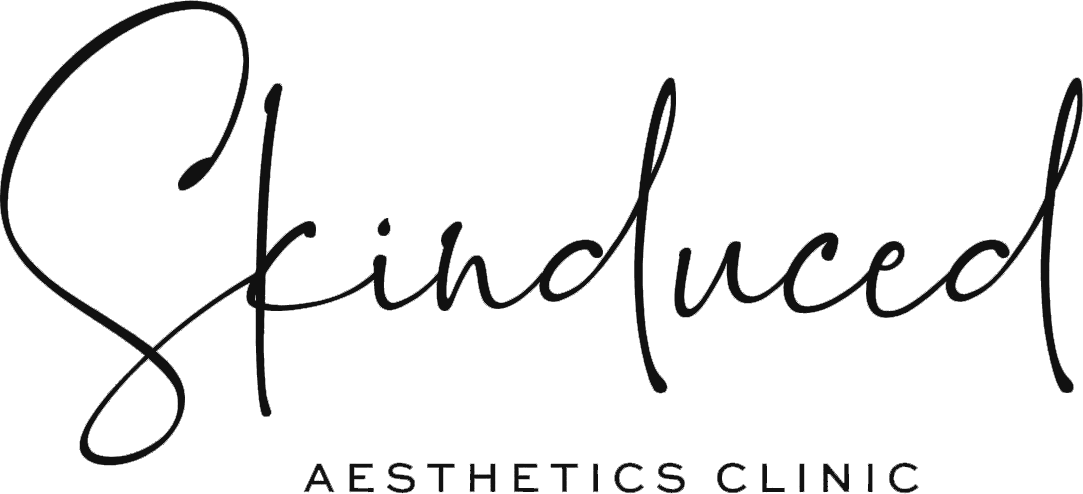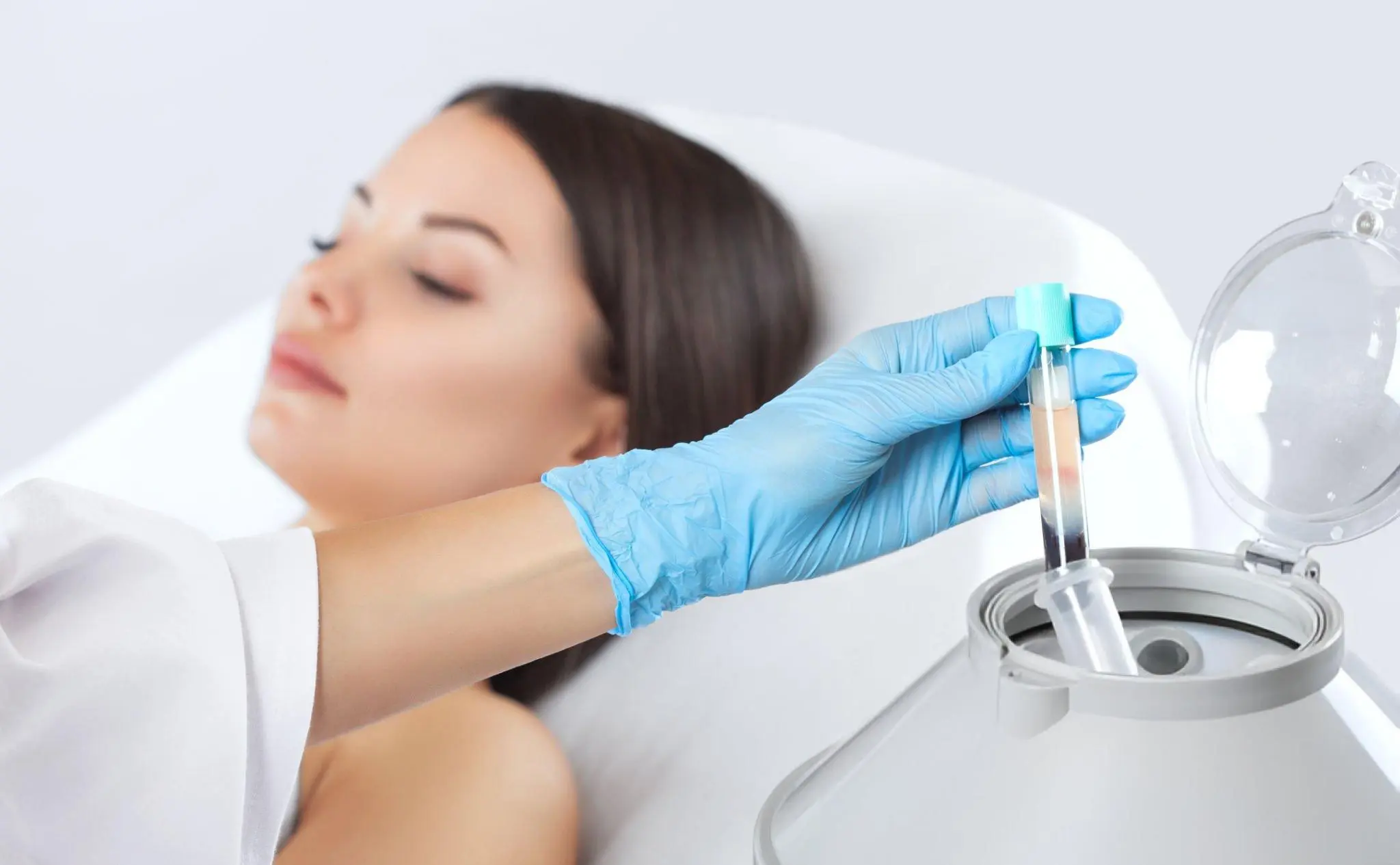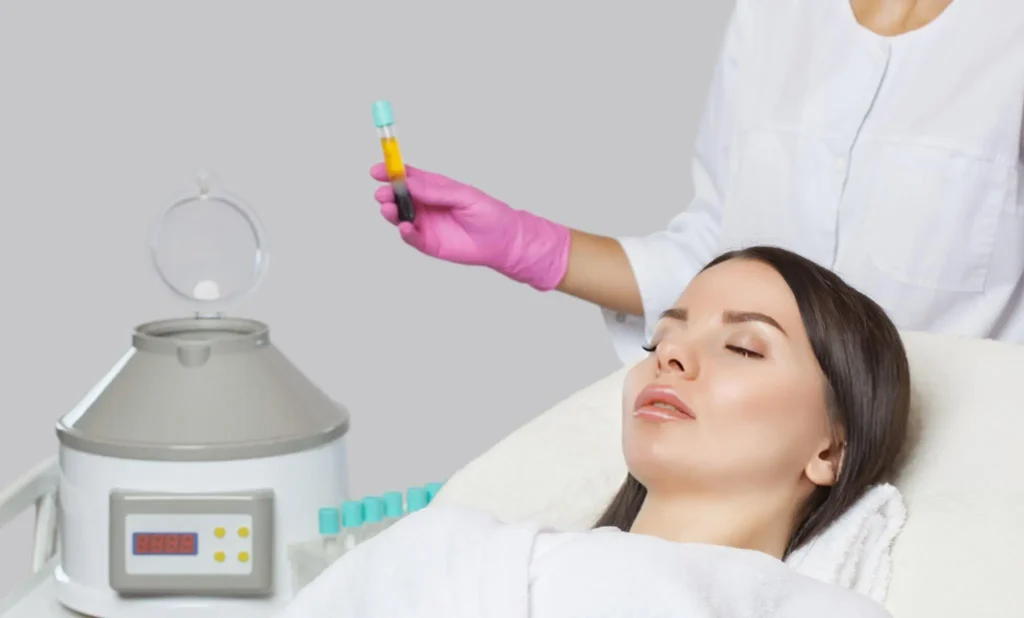How a PRP Facial Helps with Dull Skin & Fine Lines
You’ve tried countless creams, serums, and facials, but your skin still looks tired and dull. Those fine lines keep appearing, and your acne scars remind you of teenage struggles every time you look in the mirror. If this sounds familiar, you’re not alone. Many women across Newcastle and the Central Coast face these same skin concerns. Between work, family, and daily responsibilities, you need a solution that actually works without endless appointments or harsh side effects. You want your skin to look healthy and refreshed, but you’re tired of wasting money on products that promise miracles and deliver disappointment. The good news? There’s a natural treatment that uses your body’s healing power to address these issues: the PRP facial.
What Is a PRP Facial?
A PRP facial uses platelet-rich plasma from your blood to help repair and rejuvenate your skin. PRP stands for platelet-rich plasma, which contains growth factors that naturally exist in your body. During this cosmetic procedure, a small amount of your blood is drawn and processed in a special machine. This machine separates the platelets from red blood cells and other components. The result is a concentrated serum packed with healing proteins. This concentrated plasma gets applied to your skin through microneedling or injection. Some people call this treatment the “vampire facial” because it uses your blood, but the process is much gentler than the name suggests.
How PRP Therapy Works for Your Skin
Your platelets contain powerful growth factors that trigger your body’s natural healing process. When applied to your skin, these growth factors:
- Boost collagen production
- Speed up cell turnover
- Improve blood flow to treated areas
- Reduce inflammation
- Help repair damaged tissue
Think of PRP as giving your skin a concentrated dose of its repair toolkit. Your body already knows how to heal itself – PRP just provides extra resources to do it better and faster.
PRP Facial Benefits for Common Skin Problems
Dull, Tired-Looking Skin
Dull skin often results from slow cell turnover and poor circulation. The growth factors in platelet-rich plasma injection help speed up your skin’s renewal process. New, healthy skin cells replace old, damaged ones more quickly. This leads to brighter, more radiant skin that looks refreshed and healthy. The improved blood flow also gives your complexion a natural glow.
Fine Lines and Early Signs of Aging
Fine lines form when collagen production slows down with age. PRP therapy stimulates your skin to produce more collagen naturally. This helps fill in fine lines and prevents new ones from forming. The treatment works especially well on areas like:
- Around your eyes (crow’s feet)
- Forehead lines
- Smile lines around your mouth
- Neck and décolletage
Acne Scars and Uneven Texture
Acne scars occur when your skin doesn’t heal properly after breakouts. PRP injections help restart the healing process in these damaged areas. The growth factors encourage your skin to build new, healthy tissue. Over time, this helps smooth out indented scars and improve overall skin texture.
Uneven Skin Tone and Dark Spots
PRP facial treatments can help fade dark spots and even out your skin tone. The accelerated cell turnover helps remove pigmented cells more quickly, while new healthy cells create a more uniform appearance.
Ready to learn if PRP is right for your skin concerns? Skinduced in Newcastle, NSW, offers free consultations to discuss your goals and answer your questions. Call us to book your appointment today.
Read More: https://skinduced.com.au/prp-for-hair-loss-how-it-helps-regrow-your-hair/
The PRP Facial Process: What to Expect
Before Your Treatment
Your practitioner will discuss your skin concerns and medical history. You should avoid anti-inflammatory medication for about a week before treatment, as these can affect how your platelets work. Make sure to stay hydrated and eat well before your appointment. This helps ensure your blood quality is optimal for the best results.
During the Procedure
The entire process takes about 60-90 minutes:
- Blood Draw: A small amount of blood is taken from your arm (similar to a routine blood test)
- Processing: Your blood goes into a centrifuge machine that separates the platelets
- Preparation: The concentrated plasma is prepared for application
- Treatment: The PRP is applied through micro-needling or small injections
- Aftercare: Your skin is cleaned, and you receive aftercare instructions
After Your PRP Treatment
Your skin might look slightly red and feel tender for 24-48 hours. This is normal and shows your skin is responding to the treatment. You can return to work the next day, but avoid important meetings or photos for a couple of days while any redness settles.
PRP Facial Results: When You’ll See Changes
Most people notice initial improvements within 2-3 weeks. Your skin looks brighter and feels smoother. The full effects of PRP develop over 2-3 months as new collagen builds. For best results, many people get 2-3 treatments spaced 4-6 weeks apart. After this initial series, maintenance treatments every 6-12 months help preserve your results.
Safety and Side Effects of PRP Therapy
PRP facial treatments are generally very safe because they use your blood. There’s no risk of allergic reactions since nothing foreign is introduced to your body. Common side effects include:
- Mild redness for 1-2 days
- Slight swelling at injection sites
- Temporary bruising (rare)
- Mild tenderness
These effects of PRP are typically mild and resolve quickly.
Also Read: https://skinduced.com.au/is-prp-safe
Who Should Avoid PRP Treatments
PRP therapy isn’t suitable for everyone. You sh
ould avoid this treatment if you:
- Have certain blood disorders
- Are you pregnant or breastfeeding
- Have active skin infections
- Take blood-thinning medications
- Have cancer or autoimmune conditions
Your practitioner will review your medical history to ensure PRP is safe for you.
PRP vs. Other Skin Treatments
PRP vs. Chemical Peels
Chemical peels remove damaged skin layers, while PRP stimulates natural healing from within. PRP tends to be gentler with less downtime.
PRP vs. Dermal Fillers
Fillers like hyaluronic acid add volume immediately but are temporary. PRP works more slowly but creates lasting improvements by stimulating your skin’s collagen production.
PRP vs. Laser Treatments
Laser treatments can be effective but often require more downtime. PRP works with your body’s natural processes and typically causes less irritation.
Combining PRP with Other Treatments
PRP facial treatments can be combined with other cosmetic procedures for enhanced results:
- Micro-needling: Often done together to improve PRP absorption
- LED light therapy: Can help reduce redness and speed healing
- Gentle chemical peels: May be used in a treatment series
Your practitioner can design a treatment plan that addresses your specific skin concerns.
Cost Considerations for PRP Facial Treatments
PRP treatments are an investment in your skin health. While they cost more upfront than store-bought products, many people find they save money long-term by reducing their need for multiple skincare products. The exact cost varies based on:
- Treatment area size
- Number of sessions needed
- Whether it’s combined with other procedures
- Your individual skin goals
Choosing the Right Practitioner
Look for a qualified practitioner who:
- Has specific training in PRP therapy
- Uses proper sterile techniques
- Takes time to understand your skin concerns
- Explains the process clearly
- Has good reviews from other patients
Don’t choose based on price alone. Your safety and results depend on proper technique and quality equipment.
Preparing for Your PRP Consultation
Come prepared with questions about:
- Your specific skin concerns
- Expected timeline for results
- Number of treatments recommended
- Aftercare requirements
- Any potential risks for your situation
Bring photos of your skin concerns and a list of any medications or supplements you take.
Real Results for Real Women
Many women in Newcastle and surrounding areas have seen significant improvements in their skin after PRP facial treatments. They report:
- Brighter, more even skin tone
- Smoother texture and fewer fine lines
- Improved confidence in their appearance
- Natural-looking results that develop gradually
The key is having realistic expectations and following your practitioner’s recommendations for the best results.
Long-term Skin Health Benefits
Beyond immediate improvements, PRP therapy can help maintain healthier skin long-term. The boost in collagen production and improved healing process can help your skin age more gracefully. Regular PRP treatments, combined with good skincare habits and sun protection, create a foundation for healthy, youthful-looking skin for years to come.
Is PRP Right for Your Skin?
PRP facial treatments work well for many people, but they’re not a one-size-fits-all solution. The best candidates are generally:
- In good overall health
- Have realistic expectations
- Are committed to proper aftercare
- Want natural, gradual improvements
- Prefer treatments using their body’s healing factors
If you’re tired of products that don’t deliver results and want to try a science-backed approach to skin rejuvenation, PRP might be worth considering. Ready to discover if PRP can help transform your skin? Book a free consultation at Skinduced in Newcastle, NSW. We’ll assess your skin concerns and create a personalised treatment plan just for you. The type of blood treatment that works with your body’s natural healing process could be the solution you’ve been searching for. Your journey to healthier, more confident skin starts with understanding your options and choosing the right treatment for your needs.
FAQ’s:
How much does a PRP facial cost in Newcastle?
PRP facial treatments typically cost between $350-$800 per session in Australia, with most clinics offering package deals. The price depends on the treatment area, clinic location, and practitioner experience. Many Newcastle clinics offer payment plans to make treatments more affordable.
Does PRP facial treatment hurt?
The discomfort is minimal and manageable. Most people describe it as similar to getting a regular facial with micro-needling. Your practitioner can apply numbing cream to reduce any discomfort during the procedure.
How long is the downtime after PRP facial?
You can expect minimal downtime of 2-3 days with mild redness, swelling, and discomfort. Most people return to regular activities immediately and can cover any redness with light makeup.
When will I see results from PRP facial?
Initial results become visible within 2-4 weeks, with full results evident at 4-6 months. Many people notice improvements in overall skin appearance after 4 weeks, though it can take up to 12 weeks for complete results.
How many PRP facial sessions do I need?
Most people benefit from 2-3 initial treatments spaced 4-6 weeks apart. Your practitioner will recommend the exact number based on your skin concerns and goals. Results typically last up to a year.
Is PRP facial safe for all skin types?
PRP facial treatments work well for most skin types because they use your own blood. However, people with certain blood disorders, active infections, or those taking blood-thinning medications should avoid this treatment.
Can I combine PRP with other treatments?
Yes, PRP facial treatments combine well with micro-needling, LED light therapy, and gentle chemical peels. Your practitioner can design a comprehensive treatment plan for optimal results.
What’s the difference between PRP facial and vampire facial?
They’re the same treatment. “Vampire facial” is just a popular nickname for PRP facial because it uses your own blood. The procedure is much gentler than the name suggests.
How do I prepare for a PRP facial?
Stay hydrated, eat well, and avoid anti inflammatory medication for about a week before treatment. Your practitioner will provide specific pre-treatment instructions during your consultation.
Are there any side effects of PRP facial?
Side effects are minimal and may include mild redness, swelling, or bruising at injection sites, which typically subsides within 24-48 hours. Serious complications are rare because the treatment uses your own blood.



